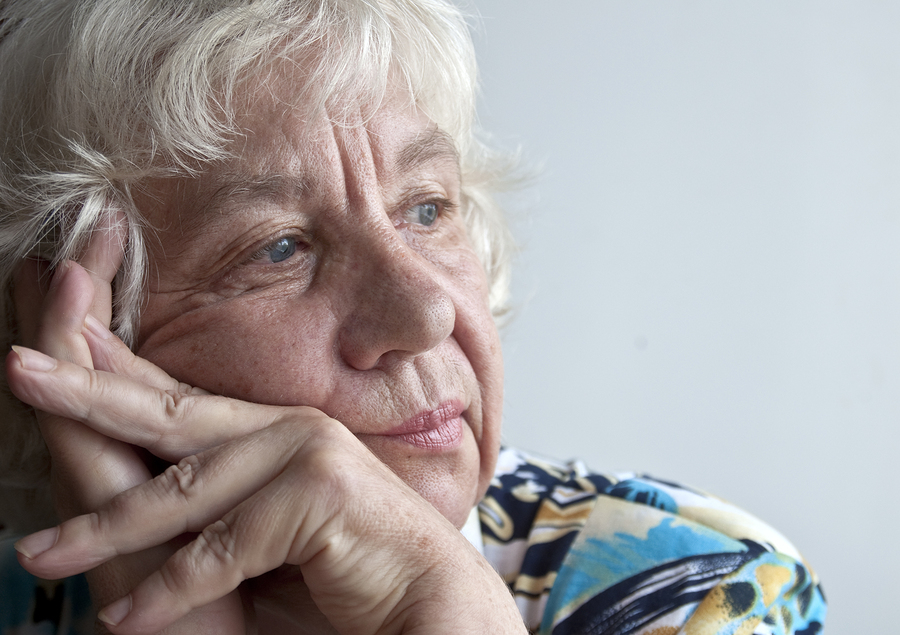Medical Cannabis Helps Insomnia Patients Sleep and Reduces Pain
/By Pat Anson
Insomnia patients taking medical cannabis reported better sleep quality, as well as less anxiety, depression and pain, according to a new study published in PLOS Mental Health.
The study is notable because it showed sustained improvement in symptoms over 18 months of treatment with medical cannabis. Most previous studies are much shorter.
Researchers at Imperial College London followed 125 patients diagnosed with an insomnia disorder who were prescribed medical cannabis and enrolled in the UK Medical Cannabis Registry. Participants either ingested cannabis oil, smoked dried flower, or a combination of the two. Improvements in sleep and other symptoms were observed after one month of treatment and continued over the 18-month course of the study.
However, the magnitude of improvement declined over time, suggesting that some patients developed tolerance to cannabis. Less than 10% of patients reported mild side effects, such as dry mouth, insomnia and fatigue.
“Over an 18-month period, our study showed that treatment for insomnia with cannabis-based medicinal products was associated with sustained improvements in subjective sleep quality and anxiety symptoms. These findings support the potential role of medical cannabis as a medical option where conventional treatments have proven ineffective,” said co-author Simon Erridge, a PhD candidate at Imperial College and Research Director at Curaleaf Clinic, a cannabis dispensary.
“Conducting this long-term study provided valuable real-world evidence on patient outcomes that go beyond what we typically see in short-term trials. It was particularly interesting to observe signs of potential tolerance over time, which highlights the importance of continued monitoring and individualised treatment plans.”
The researchers say larger clinical trials are needed to confirm their finding of long-term efficacy. Most of the researchers are either employees or medical practitioners at Curaleaf Clinic.
A previous study conducted in Israel also found that cannabis helps with sleep, but regular use lead to drug tolerance and even more sleep problems. Over time, the benefits of cannabis were reversed, with frequent users finding it harder to fall asleep and waking up more often during the night.
















